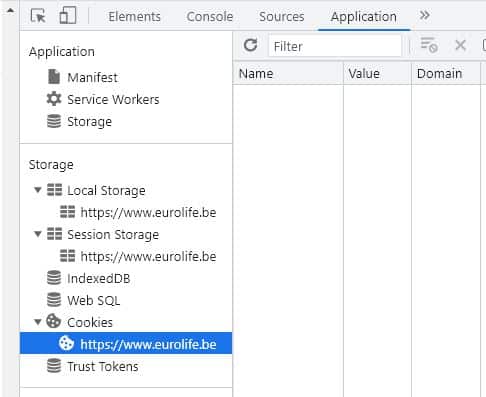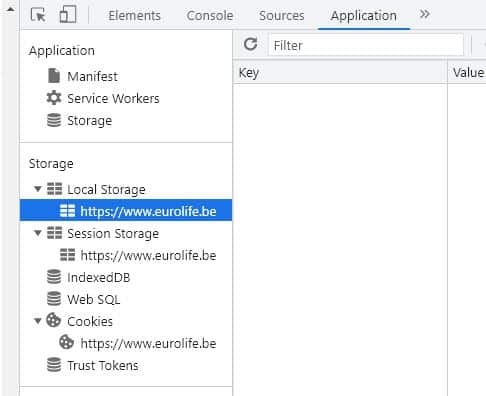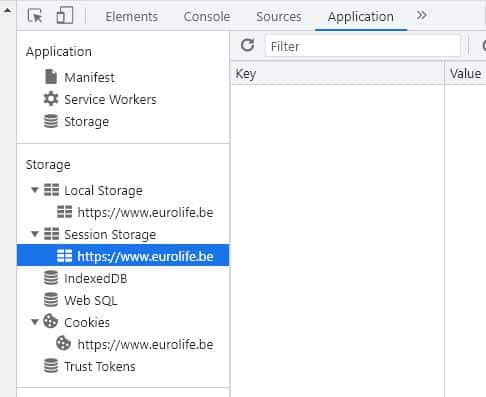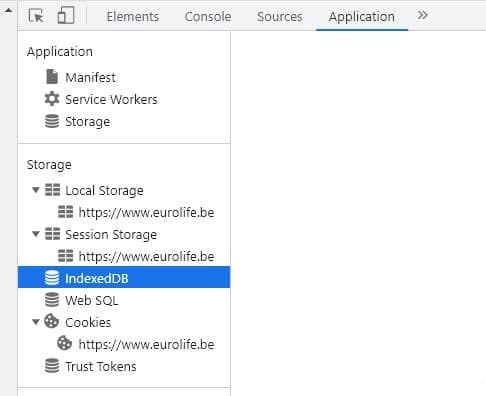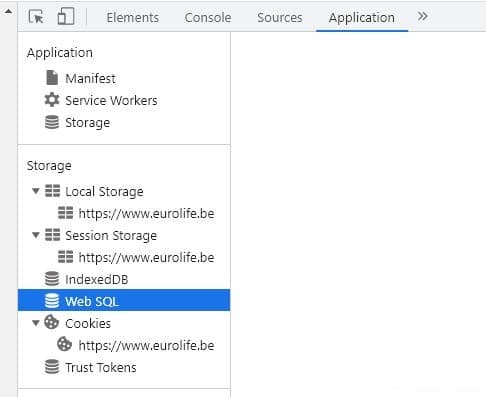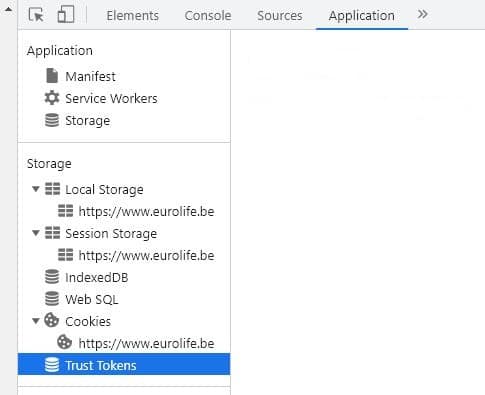Eurolife undertakes to process the personal data of the visitors of its website in compliance with the Regulation (EU) 2016/679 of the European Parliament and of the Council of 27 April 2016 which is fully applicable since 25 May 2018 (General Data Protection Regulation).
A. Concerning the GDPR
According to the Regulation (EU) 2016/679, a personal data is any information relating to an identified natural person or allowing a direct or indirect identification of a natural person (hereinafter called the data subject). This information can be a name, a telephone number, an e-mail address, a location data, an online identifier, or one or more elements specific to one’s physical, genetic, psychological, cultural, social identity, etc.
Eurolife collects the names and e-mail addresses of Internet users when they voluntarily complete the contact form on its website.
The purpose of the processing of the personal data that are collected via the form is clearly indicated on the Contact us page.
The personal data are processed exclusively in order to provide the data subject (i.e. the person who completed the form) with the information requested concerning Eurolife or its service offering. The personal data are only processed by Renato Jannone; being de facto the sole controller. He resides at 19 rue Tenbosch in 1000 Brussels.
The provision of personal data via the form by the data subjects is not a statutory or contractual requirement or a requirement necessary to enter into a contract. However, some of them are necessary to perform the above processing. They are indicated by an asterisk. Finally, this processing does not imply any obligation to reply on the part of the data subject.
The personal data are not transmitted to another person – neither in Belgium nor abroad – in order to guarantee their confidentiality. And they are only kept in Renato Jannone’s secure Microsoft Exchange messaging inbox for the time necessary to process them.
Under regulation (EU) 2016/679, which is fully applicable since 25 May 2018, data subjects have the following rights:
- Right to transparency of information and communications coming from the controller (see article 12 that defines also the modalities for the exercise of the rights of the data subjects);
- Right to information when their personal data are collected (see articles 13 and 14);
- Right of access to their personal data (see article 15);
- Right to rectification of their personal data (see article 16);
- Right to erasure of their personal data (right to be forgotten – see article 17);
- Right to restriction of processing of their personal data (cf. article 18);
- Right to obtain information on the recipients to whom their personal data have been communicated (see article 19):
- Right to portability of their personal data (see article 20);
- Right to object to the processing of their personal data, in particular for direct marketing purposes (see article 21);
- Right not to be subject to a decision based solely on automated processing, including profiling (see article 22);
- Right to information about any violation of their personal data that can likely expose them to a high risk to their rights and freedoms (see article 34).
The data subjects are informed of the existence of these rights when they provide their personal data via our website.
To exercise their rights – with regard to the processing of their personal data collected through our website -, they may send a postal letter or en e-mail to Renato Jannone. When requested by a data subject, the information may be provided orally, provided that the identity of the data subject is proven by other means.
Any data subject who considers that the processing of its personal data constitutes a violation of the legal provisions which are applicable has the right to lodge a complaint with the supervisory authority, namely the Data Protection Authority.
B. Concerning the cookies and the similar technologies
1. Introduction
Cookies are small text files placed on the hard drive of the Internet users’ devices when they visit websites. These cookies can then collect browsing data of these visitors. These data may only be read by the websites’ servers that create these cookies.
There are two types of cookies:
- The first-party cookies created and placed by the server of the website an Internet user visits.
- The third-party cookies created by the servers of other websites which own one or more contents embedded in the website the Internet user visits (e.g., banner ads or social network buttons).
Concretely, how a third-party cookie is placed and read? When the Internet user visits a page of a first website where a banner ad is embedded and displayed by the website’s server of an advertising agency, this server creates a third-party cookie which is placed on the hard drive of his device. Then, if he visits a page of a second website where this banner ad is also embedded and displayed, the website’s server of the advertising agency will read its cookie previously placed on the device’s hard drive of the Internet user and will recognize the latter. And so on.
A cookie is always associated with a domain attribute (e.g., www.example.be). The domain attribute of a first-party cookie matches the domain name contained in the URL that an Internet user can see in the web browser’s address bar when he visits a website (as illustrated below via the slide 1 of the slideshow). The domain attribute of a third-party cookie does not match the domain name shown in the web browser’s address bar, but the one contained in the URL of another website.
First-party cookies can be used for various purposes. For example, to allow and facilitate electronic communications between a website’s server and the visitors’ devices, to allow multilingual websites to memorise and later apply visitors’ language choices, to analyse the audience of a website by collecting visitors’ browsing data or to track visitors for other purposes such as the establishment of sales statistics on an e-commerce website.
With the advertising cookies, the tracking can be extended as an internet user can be followed across the web, as explained above. The browsing’s data collected by these third-party cookies serve to send personalized ads to Internet users which are targeted by using notably their browsing habits and behaviour, their location, their devices and/or their profile (age, gender, language). The social networks’ websites (commonly called social networks) can use the data collected by their cookies to do the same. So, they can show personalized ads and suggestions on the timelines of their users based on the visits make by these users to websites that embed their contents such as social network buttons. The social networks’ cookies serve also for other purposes, notably to operate the services associated to these embedded contents (e.g., to allow the sharing of posts published on visited websites by clicking on the Share buttons).
The similar technologies refer, for example, to the technology Web Storage, which collects and places other data on the hard drive of Internet users’ devices either via its Local Storage or Session Storage variant, to web beacons (also called invisible pixels or web bugs), to JavaScripts tags, to server log files, and to Browser Fingerprint (also called Device Fingerprint) which allows the creation of a unique identifier for a given device.
What about the deposit of cookies and the deployment of similar technologies that place other data or not? The general rule is that the deposit of a cookie on the hard drive of an internet user’s device or the deployment of a similar technology cannot be done without the latter has previously expressed his consent. However, there are exceptions. They apply to essential and functional cookies and similar technologies which are necessary for the optimal functioning of websites.
2. Our website does not place any cookie or other data
The slideshow below shows the result of an analysis done with the Google Chrome Developer Tools on March 31, 2021 (to pause the slideshow, move your mouse cursor over the currently displayed slide).
If you look at the slide 1, you will see that our website does not place any cookie since otherwise a cookie’s name would be indicated in the Name column with regard to the URL https://www.eurolife.be.
If you look at the slides 2 and 3, you will see that our website does not collect and place any other data via one of the two variants of the technology Web Storage since otherwise, under Local storage or under Session storage, a key would at least be indicated in the Key column with regard to the URL https://www.eurolife.be.
If you look at the slides 4, 5 and 6, you will also see that no data is placed via the technologies IndexedDB, Web SQL and Trust Tokens.
3. Tracking on our website
By looking at the screenshot below, you will see that according to an analysis made on March 31, 2021 with Ghostery, you are not tracked by a cookie or a similar technology when you visit our website.
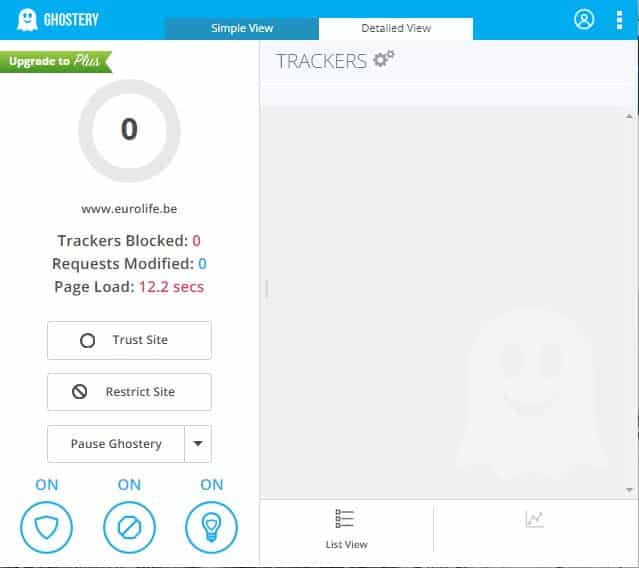
Ghostery is a software extension that can block the tracking done with cookies or similar technologies. It can be installed in different browsers: Cliqz, Firefox, Google Chrome, Opera, Yandex, Safari, Microsoft Edge.
4. The Twitter button installed in the footer of our website
We have installed this button to invite you to follow Eurolife on Twitter.
You are not tracked via this button (see the screenshot above). It does not contain any Twitter script. It only contains a clickable external link and a Font Awesome icon representing the Twitter logo. This icon is stored in an icon library hosted in the theme we have used to build our website: Avada. Avada does not collect any browsing data on our website.
Please note that by clicking on this button, you will be redirected to the Eurolife account on the Twitter site which has its own cookie and privacy policies over which we have no control.
5. Block and delete cookies and other site data via your browser
Most browsers are configured to automatically accept the placement of cookies and other site data. However, you can configure your browser to block these cookies and other site data. That said, the new settings will have no effect on cookies and other site data already installed on your device’s hard drive. You will therefore have to delete them via your browser if you wish to do so.
To find out how to block and delete cookies and other site data in:
- Google Chrome, click here.
- Microsoft Edge, click here.
- Firefox, click here.
- Opera, click here.
For other browsers, you can read their web page Help.
C. About hypertext links
Our website contains hypertext links to other websites; the objective being to allow Internet users to find additional information. However, Eurolife cannot guarantee that these sites comply with the Regulation (EU) 2016/679 of the European Parliament and of the Council. We therefore invite Internet users to read the privacy policies relating to these sites so that they can ensure it by themselves.
To find out more about the protection of personal data, you can consult the information on the website of the Data Protection Authority.
Date of last revision: March 31, 2021.


